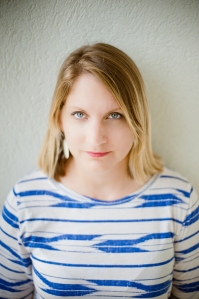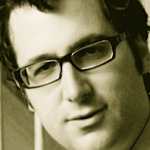Living a Spirit-Filled Life
“God speaks in the silence of the heart.” ~ Mother Teresa
 This Pentecost, join thousands of students around the world to learn how to live a Spirit-filled life. Students can begin registering today to take the course for free anytime between June 8 – 15. Click here to register and learn more.
This Pentecost, join thousands of students around the world to learn how to live a Spirit-filled life. Students can begin registering today to take the course for free anytime between June 8 – 15. Click here to register and learn more.
Fr. Albert Cutie, New York Times bestselling author, talk show host, and Episcopal priest in Southeast Florida, will teach “The Big Class.” The course will expand on Fr. Cutie’s books and sermons that focus on how we bring God into our everyday lives. This course follows the tremendous success of Bishop Michael Curry’s January class, “How to Be a Crazy Christian” for which 3,000 students from 30 countries registered.
Fr. Cutie will also moderate the course and answer online questions during the week of The Big Class. Participants can take the class anytime during the week of June 8-15 at churchnext.tv. The course takes about 45 minutes to complete and need not be taken in one sitting. No special software is required. Click here for organizational materials for congregations who wish to take the class together. Click here for a preview clip of the course on YouTube.
Throughout Living a Spirit-Filled Life, students are encouraged to think about and to experience the Holy Spirit and its meaning for their lives. “We are living in one of the most anxious times in history,” writes Fr. Cutie. “Dramatic changes are everywhere – technology, communications, relationships – and the pace of this change has many of us reeling in anxiety. This means many of us find it difficult to find God, even though we know God is there. A Spirit-filled life is the life in which we can let go and let God.” The Big Class will help Christians deepen their commitment to follow the Spirit and proclaim the love of God in their lives and communities.
The Big Class is a worldwide initiative in open online learning for all who want to go further in their walk with Christ and is free to everyone, everywhere, thanks to the support of Bexley Seabury, The Episcopal Church, The Episcopal Diocese of Southeast Florida, Logos Bible Software, and Forward Movement.











 Christian leaders have long preached that fear is an enemy to be avoided. But I would suggest that the new face of ministry means we need to befriend fear and walk with it. Our fears include trying something new, dancing with the Institution, and befriending our context in new and innovative ways.
Christian leaders have long preached that fear is an enemy to be avoided. But I would suggest that the new face of ministry means we need to befriend fear and walk with it. Our fears include trying something new, dancing with the Institution, and befriending our context in new and innovative ways.